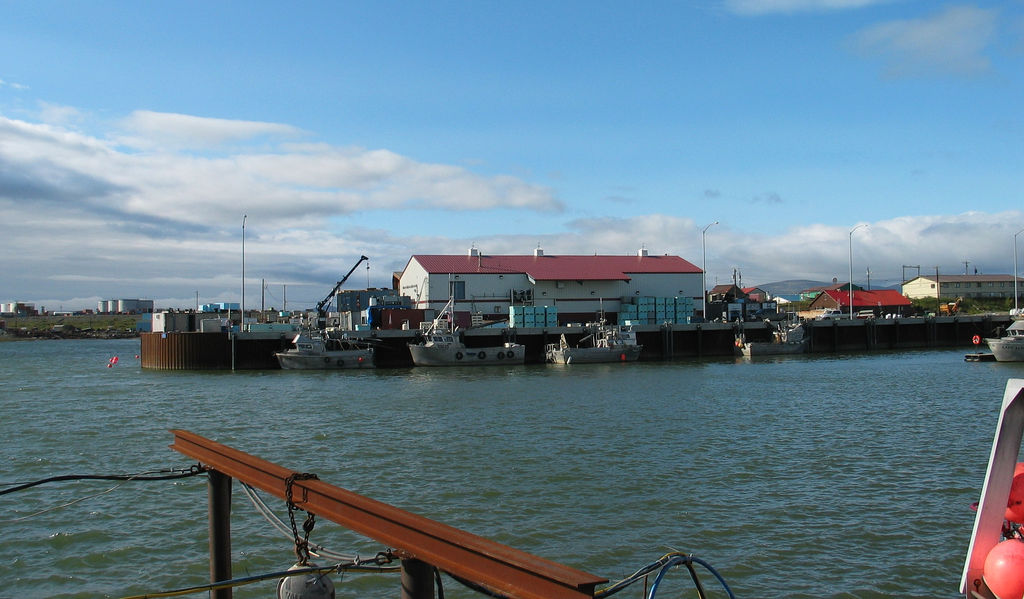Development potential & opportunity at Pilgrim Hot Springs, Alaska
A recent post in the US DOE states that the Alaska Center for Energy and Power has found a sufficient geothermal resource from exploration drilling to tap geothermal energy for a spectrum of uses, including on-site power generation.
The following is a very interesting post done by Sharon Cosgrove on the US DOE website regarding the geothermal development potential & opportunity at Pilgrim Hot Springs, Alaska.
A resource in central Alaska is showing promise for geothermal development—the renewable energy that draws on Earth’s natural heat for electricity and other uses. The myriad benefits of this clean, domestic power source make geothermal exploration an attractive proposition for this state, where off-grid demand means that Alaskans often use expensive, polluting diesel power. Today, progress at an Energy Department investment on Native American lands is generating a lot of excitement for geothermal power, turning up enough heat resource to meet the electricity needs of surrounding communities and industries.
At Pilgrim Hot Springs, 50 miles northeast of Nome, the Alaska Center for Energy and Power (ACEP) has found a sufficient geothermal resource from exploration drilling to tap geothermal energy for a spectrum of uses, including on-site power generation. In fact, experts consider the resource at Pilgrim to be the largest identified geothermal resource on the Seward Peninsula. Geothermal development there could also allow the native community the ability to develop the geothermal resource in order to possibly relocate at Pilgrim. To conduct this exploration work, ACEP partnered with the Energy Department’s Geothermal Technologies Office.
Mike Weathers is the Energy Department project lead for the Pilgrim Hot Springs effort. “This tremendous resource has the potential to bring clean, low-cost, domestic power to the citizens and industries of Alaska while providing a replicable model for other rural communities,” he said.
While developers have long known that a geothermal resource exists at Pilgrim, breakthroughs in technology have only recently enabled researchers to utilize geothermal waters below the boiling point for power production. This is the result of Energy Department investments at similar sites. In 2008 , research at Chena Hot Springs yielded a new technology that produces electricity with lower-temperature geothermal resources (i.e., below 300 degrees Fahrenheit), which has increased the feasibility of development at other geothermal sites like Pilgrim.
Experts are now eyeing geothermal potential to power homes and businesses in Nome, where awind farm already generates supplemental power. Still, the full development of geothermal power at Pilgrim is a costly proposition that will require private sector investment. A power purchase agreement is in place between the city of Nome and a developer, but 50 miles of transmission lines—at a cost of tens of millions of dollars—presents a sizeable challenge.
Gwen Holdmann is ACEP’s principal investigator for the Energy Department exploration work at Pilgrim. She explained their recent research, saying, “We have been doing the higher risk exploration work that’s been funded using public dollars, and now what we need to see is the private sector step up and do what they do best, develop a project and move it forward.”
One way to bring down the cost of transmission is to offset costs by selling power to industry near the geothermal site. Just last month, Graphite One Resources announced plans to develop what the company deems a world-class graphite flake deposit—an essential ingredient in lithium-ion batteries. If the project continues as planned, it would constitute the first graphite mine in America in a market with excellent growth potential. That development, along with a projected deepwater port west of the mine, could be the boost needed for further development of the Pilgrim geothermal site.
Source: US DOE


















